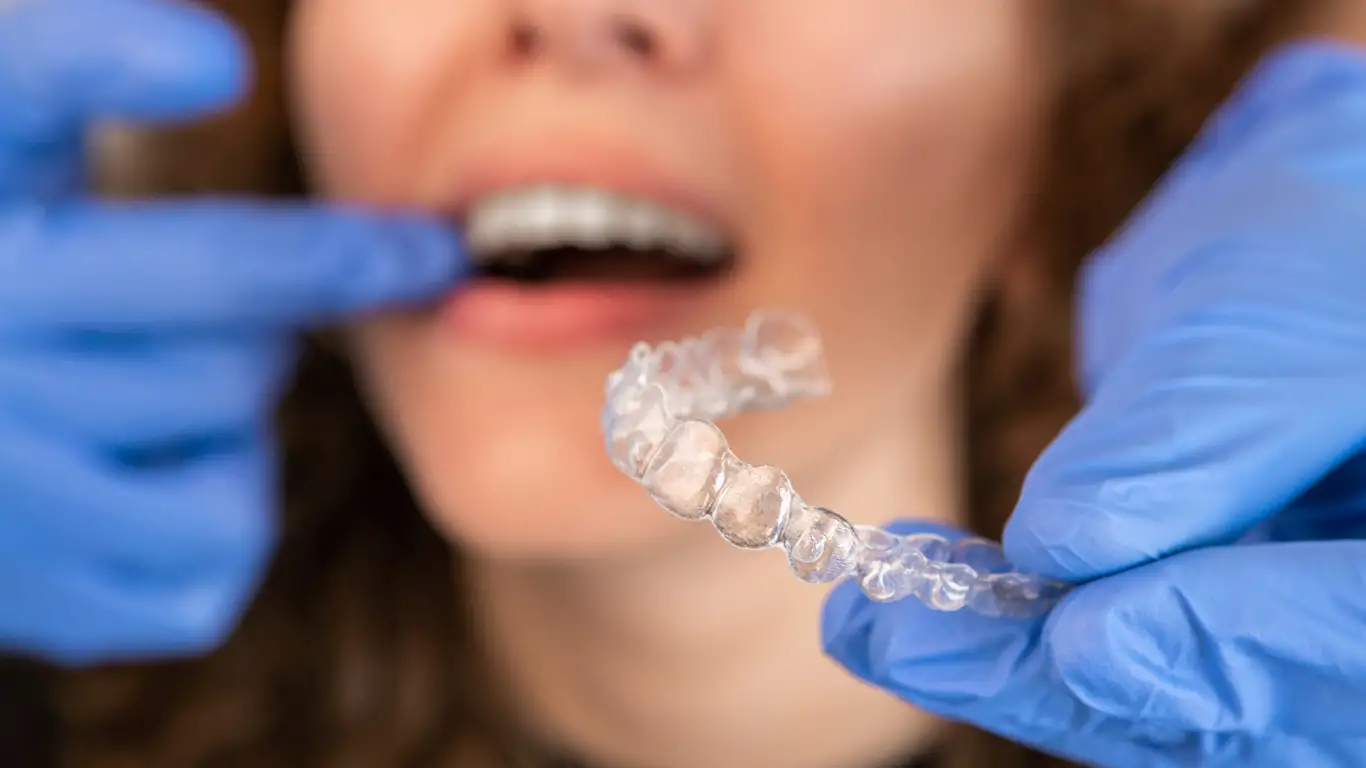Understanding Dental Insurance: Coverage Details and Key Benefits
Navigating the world of dental insurance can be overwhelming, but understanding its fundamentals is crucial for making informed healthcare decisions. Dental insurance helps manage the costs of preventive, basic, and major dental procedures through different coverage levels and payment structures. With various plans available, knowing what benefits matter most for your oral health needs is essential for selecting appropriate coverage.

Dental insurance serves as a financial safety net for oral healthcare expenses, helping individuals and families manage the costs of dental procedures ranging from routine cleanings to complex restorations. Unlike medical insurance, dental plans typically emphasize preventive care to avoid costly treatments later. Most dental insurance plans operate on a 100-80-50 coverage structure—covering 100% of preventive care, 80% of basic procedures, and 50% of major treatments after meeting the deductible. Understanding the nuances of these plans can help you maximize benefits while minimizing out-of-pocket expenses.
Key Benefits and Coverage Details of Dental Insurance
Dental insurance plans typically cover services in three main categories: preventive, basic, and major. Preventive services usually include regular check-ups, cleanings, X-rays, and fluoride treatments, which are often covered at 100% with no deductible. Basic services encompass fillings, extractions, and sometimes root canals, typically covered at 70-80% after meeting your deductible. Major procedures like crowns, bridges, dentures, and implants generally receive 50% coverage after satisfying the deductible and waiting periods.
Many dental plans also feature annual maximums—the total amount the insurance will pay toward dental care within a calendar year, typically ranging from $1,000 to $2,000. Once this limit is reached, you become responsible for all additional costs until the next benefit year begins. Some plans also offer orthodontic benefits, though these often come with lifetime maximums and age restrictions. Understanding these coverage details helps you anticipate potential out-of-pocket expenses and plan accordingly.
Cost Comparison of Different Dental Insurance Plans
Dental insurance plans vary significantly in cost structure and overall value. Employer-sponsored plans typically offer the most affordable premiums, ranging from $15-$50 monthly for individual coverage and $40-$150 for family plans. Individual plans purchased directly from insurance companies generally cost more, with premiums between $30-$70 monthly for individuals and $100-$200 for families.
The relationship between premiums and coverage deserves careful consideration. Plans with lower monthly premiums often have higher deductibles, more restricted networks, and lower annual maximums. Conversely, plans with higher premiums typically offer more comprehensive coverage, larger provider networks, and higher annual maximums. Some plans use a Dental Health Maintenance Organization (DHMO) model with set copayments and no annual maximums but restricted provider choices, while Preferred Provider Organization (PPO) plans offer more flexibility with in-network discounts.
| Plan Type | Typical Monthly Premium (Individual) | Annual Maximum | Deductible | Network Restrictions |
|---|---|---|---|---|
| DHMO | $15-$25 | No maximum | No deductible | Limited to network providers |
| PPO - Basic | $25-$40 | $1,000-$1,500 | $50-$75 | In-network discounts, out-of-network coverage |
| PPO - Premium | $40-$70 | $1,500-$2,500 | $25-$50 | Larger networks, better out-of-network coverage |
| Indemnity | $45-$80 | $1,500-$3,000 | $50-$100 | No network restrictions |
Prices, rates, or cost estimates mentioned in this article are based on the latest available information but may change over time. Independent research is advised before making financial decisions.
What to Consider Before Getting Dental Insurance
Before purchasing dental insurance, evaluate your oral health needs and anticipated dental work. If you only require basic preventive care, a discount dental plan might be more cost-effective than traditional insurance. However, if you anticipate needing extensive dental work, a comprehensive plan with higher premiums but better coverage for major procedures could save money long-term.
Waiting periods represent another critical consideration. Many dental insurance plans impose waiting periods—typically 6-12 months—before covering major procedures or even basic services. These waiting periods prevent people from purchasing insurance only when they need expensive dental work. Additionally, examine the plan’s network carefully; choosing in-network dentists typically results in significant savings compared to out-of-network providers. For families, consider whether orthodontic coverage is included and whether adult orthodontia is covered, as many plans only cover children’s braces.
How Dental Insurance Differs from Medical Insurance
Dental insurance operates fundamentally differently from medical insurance. While medical insurance focuses on unpredictable illness and injury, dental insurance emphasizes preventive care and has more predictable costs. Dental plans typically include annual maximums—caps on what the insurer will pay each year—whereas medical plans have out-of-pocket maximums that limit what you pay.
Another key difference lies in the coverage structure. Medical insurance generally covers a higher percentage of major procedures and hospitalizations than routine care. Conversely, dental insurance offers the highest coverage percentage for preventive services and decreases for more complex procedures. Additionally, dental networks tend to be smaller than medical networks, making it more important to verify that your preferred dentist participates in your plan’s network before enrollment.
Alternatives to Traditional Dental Insurance
Traditional dental insurance isn’t the only option for managing dental costs. Dental discount plans operate on a membership model—you pay an annual fee for access to discounted rates at participating dentists, without claims, deductibles, or annual maximums. These plans typically cost $100-$200 annually and provide immediate discounts without waiting periods, making them suitable for those needing immediate dental work.
Health Savings Accounts (HSAs) and Flexible Spending Accounts (FSAs) offer another approach by allowing you to set aside pre-tax dollars for dental expenses. Direct payment or dental savings plans offered by individual dental practices provide discounted services for regular patients who pay an annual or monthly fee. For those with limited income, community health centers and dental schools often provide reduced-cost dental care, while some states offer expanded dental benefits through Medicaid programs.
Understanding dental insurance options empowers you to make choices aligned with your oral health needs and financial situation. Whether you choose traditional insurance, discount plans, or alternative payment arrangements, prioritizing preventive care remains the most cost-effective strategy for long-term oral health.




